Exploring Shanxi’s secrets: temples, natural beauty and Unesco ancient city of Pingyao
- We visit Qinyuan county in China’s northern Shanxi province, an area being established as a green county full of nature tourism opportunities
- Meanwhile the province’s city of Pingyao, a Unesco World Heritage Site once known as ‘China’s Wall Street’, offers a peak into the country’s financial past

Though its setting is unusual – nestled in a forested ravine, deep within Shanxi province – Shengshou Temple resembles many temple complexes I have visited in China.
There are buildings with brick walls, topped with curved, tiled roofs. Doorways lead into six courtyards. The temple is well looked after, though there are few signs of religious activity. Perhaps a grey-haired woman who walks by is one of the acolytes, attending to nuns or monks who are somewhere out of sight, and putting out fruit that attracts squirrels to outdoor altars.
At the back of the temple is a cliff where steps lead to a cluster of buildings, arrayed in three tiers so they fit snugly in a rocky recess. The topmost main building is the size of a log cabin, and has wooden walls on a brick foundation, with timber poles as supports, securely fixed into the cliff face. Painted mostly maroon, with green and gold decorative patterns, these are the most intriguing of the temple buildings.
They are like a smaller version of the popular Hanging Temple near the city of Datong, which lies around 400 kilometres (250 miles) to the north and was likewise built on a cliff, around 1,500 years ago. Perhaps Shengshou Temple was originally an offshoot of the Hanging Temple, albeit much younger; Huo Siyu, who works for the local forestry bureau, tells me it was built in 1709, and repaired in 1933. But while the Hanging Temple is well known, very little information can be found on Shengshou Temple.
Typical of temples in China nowadays, Shengshou is kept more as a tourist attraction than for religion. Yet by midmorning there are barely a handful of visitors. One reason may be access: the main route is via steep flights of steps down from a car park 15 minutes’ walk away. It is also tucked away in Qinyuan county, which seems little known even by people in other parts of Shanxi.
I have been invited here by the Rosefinch Centre, a group of birdwatching societies from around China, to join a birdwatching “race”. It is being held as part of initiatives to establish Qinyuan as a green county, seeking to move on from reliance on coal mining to also highlight forestry and nature tourism. Along with watching birds, it provides an opportunity to explore the county’s cultural and natural treasures.

Signposts indicate routes to trails around the temple and climbing the sides of the ravine. They head to destinations like the Immortals Bridge and Fairy Bridge, a narrow ridge called Dragon Spine, as well as the Third King – a 40-metre pine tree that is over 700 years old.
From low in the ravine, a side trail winds up a steep hillside to a lookout point atop Linkong hill. The view is dominated by rolling hills with coniferous plantations; the only buildings in sight are the temple complex, and a small village amid farmland on the gentle slope above it.
The next stop of my visit is Qinyuan, named for being the origin of the Qin River, a 485-kilometre-long tributary of the Yellow River. Duan Xudong, dean of Qinyuan’s Maternal and Child Care Service Centre and a member of the newly formed local birdwatching society, took a group of four people including me up to the headwaters, at Qinheyuan.
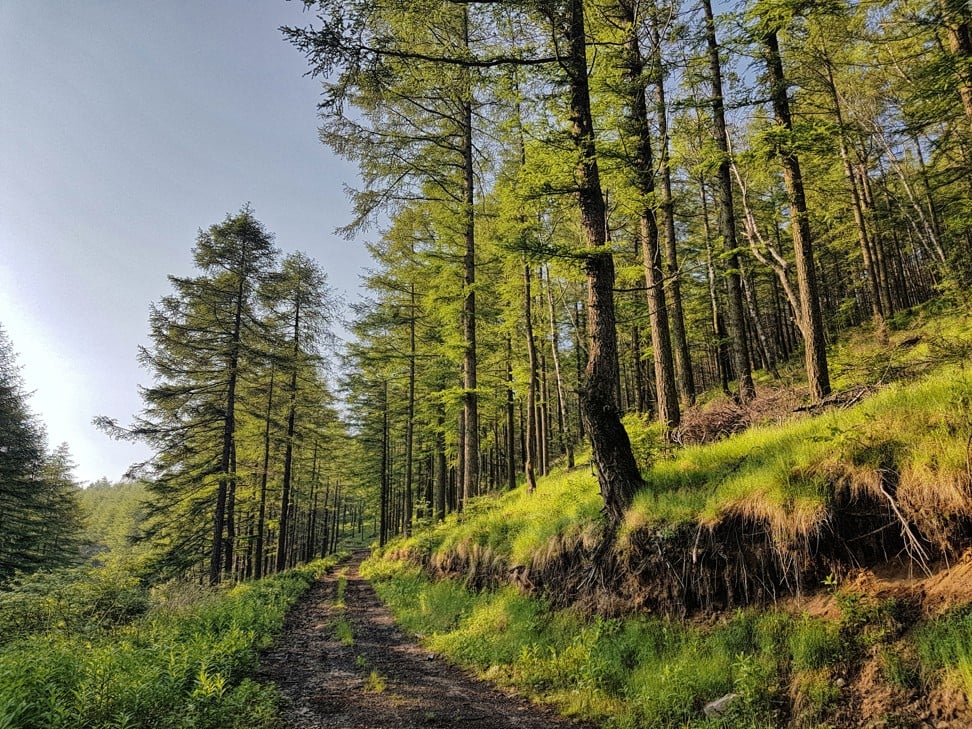
After over an hour’s drive from the county town of Qinyuan, through countryside with green fields and scattered villages, we turn onto a dirt track leading into a steep-sided valley. The road twists gently uphill and the valley becomes like a narrow gorge before we cross an area of alpine grassland. The riverbed is just dry rubble here, as the land is parched following an unusually dry, warm spell that reflects the impact of climate change.
But just beyond the grassland we park near a short stretch of stream, with clear water flowing from a vent into a pool at the foot of a cliff. Above the spring, the riverbed is dry, and the valley narrows.
We walk through deciduous woods with fresh green leaves, hearing the songs of birds like warblers, thrushes and cuckoos that mostly remain unseen. At one point, a male Siberian roe deer appears in a clearing, pauses to stare, then strolls into the trees. Duan is delighted to be here, commenting on what a beautiful, natural place it is.
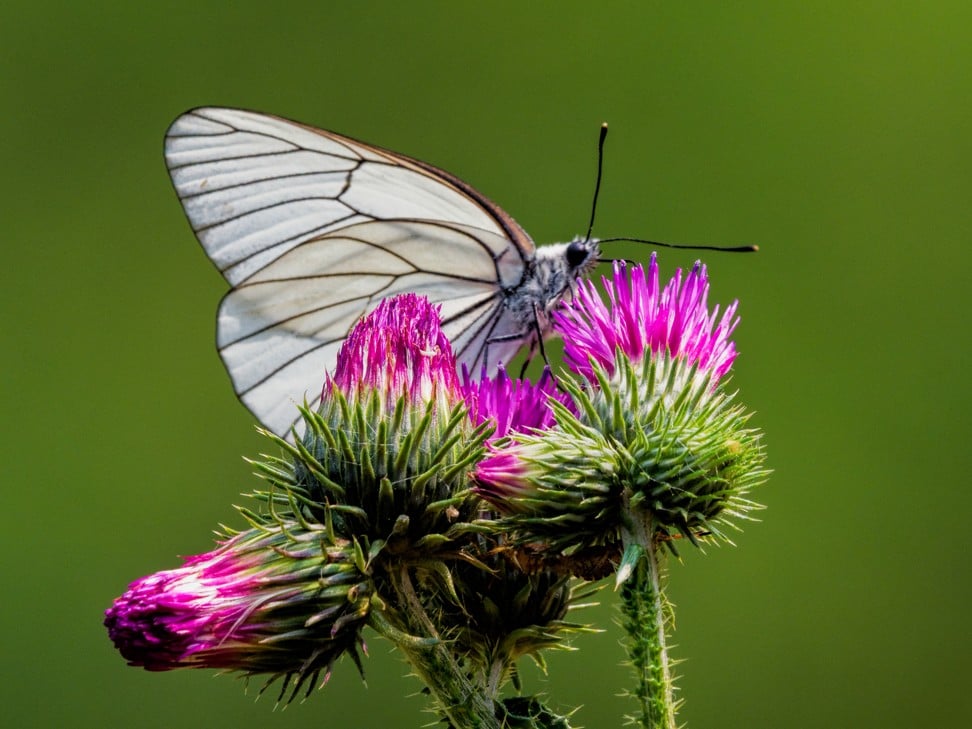
While there is no one else in sight on this tranquil hiking trail, I anticipate crowds at my next destination: Pingyao ancient city, which is inscribed on the World Heritage List. My experience of a smattering of other “ancient cities” in China includes the brash and even bawdy Lijiang in Yunnan province, where commercialism runs rampant. So I’m pleasantly surprised to walk in through a gate in the old city wall and find narrow, quiet streets within, lined by two-storey buildings hailing from a bygone era.
Pingyao is far larger than other ancient cities I know in China. It is almost square, around 1.5 kilometres across.
Though established around 2,700 years ago, Pingyao’s main claim to fame is for becoming “China’s Wall Street”. The town served as an important link along the main trade route between Beijing and Xian, with agencies providing armed escorts for cargoes including silver. Then some 200 years ago, a merchant devised a system of providing paper “drafts” as guarantees for silver. This led to China’s first bank being established here in 1823, spurring Pingyao’s rise as a commercial centre. This lasted till the banks collapsed along with the Qing dynasty early last century.
Pingyao then became something of a backwater, little changed by wars or development. The guidebook A Brown Paper Book of Pingyao relates that in 1986, encouraged by local scholars, the State Council declared it was a “famous city of history and culture”; 11 years later, Pingyao gained Unesco World Heritage status.
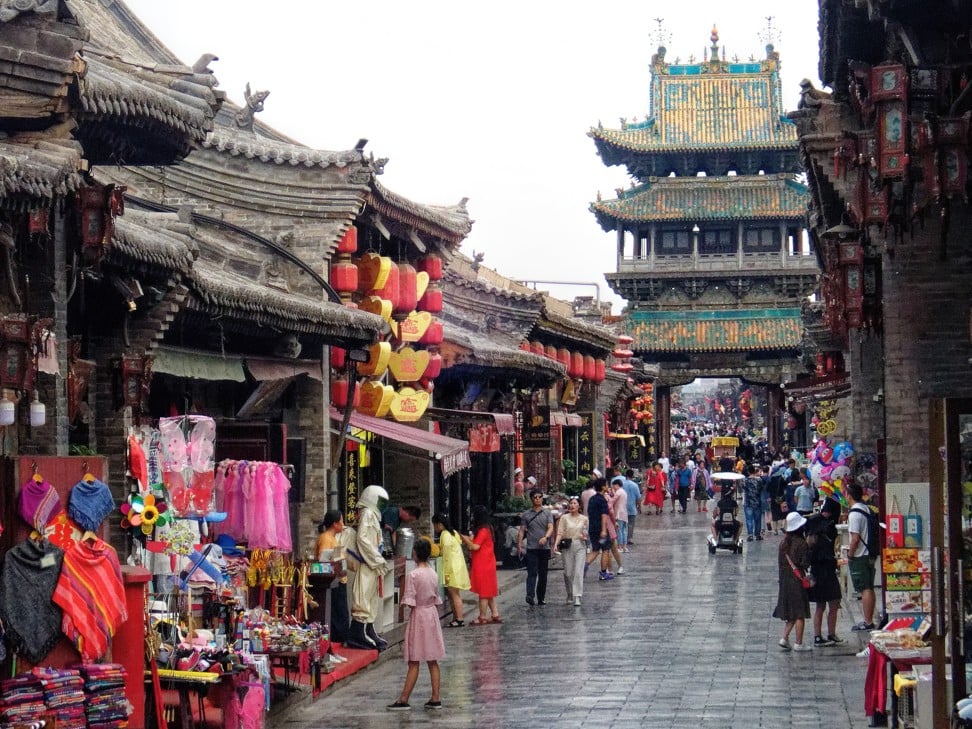
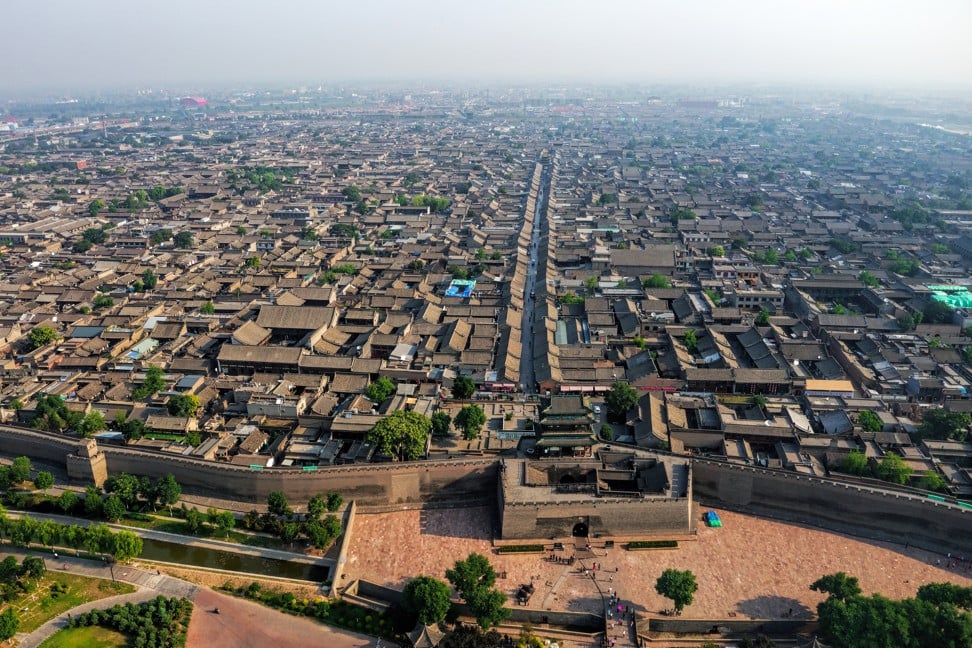
There has been a resurgence of commercialism in Pingyao, though it is focused on domestic tourism. There are small hotels, restaurants and cafes, plus shops selling Shanxi foodstuffs, handicrafts, toys and “antiques” of uncertain origin. These commercial premises are chiefly along the four main streets that almost intersect in the middle of Pingyao.
Interspersed with them are renovated old buildings including two of the original banks, and traditional homes with courtyards – which are akin to museums that visitors can tour, where they can see genuine antiques including furniture, and deep holes that served as bank vaults.
I also explored grand old temples with colourful statues of wise men and warriors, and strolled along a section of city wall full of battlements built to withstand marauding armies that never arrived. As a contrast to so much worthy history, I visited a rudimentary waxworks museum, complete with the Avengers, Harry Potter and Mao Zedong admiring Marilyn Monroe.
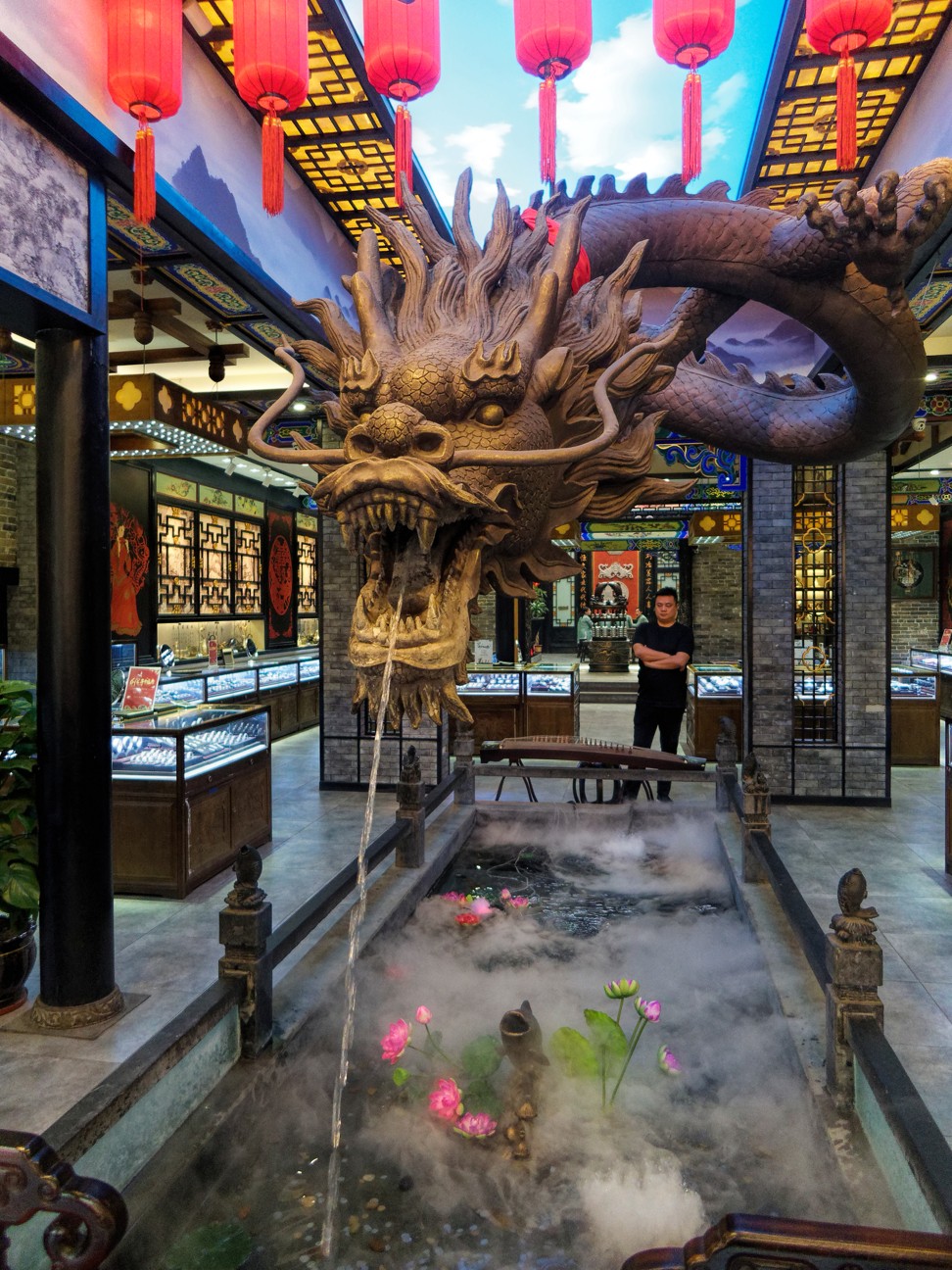

Pingyao contains a warren of side alleys, too, with fewer stores and hotels, but abundant, densely packed housing. These alleys are less interesting than the main streets, as they are typically lined with dusty grey walls. Occasional open doorways afford glimpses of courtyards within, to me indicating that even while enthusiastically pursuing business, Pingyao people also sought isolation from the world around them. Eventually, that world moved on, leaving Pingyao as a historical relic.
If you go
Pingyao is easily reached by shuttle bus from Taiyuan airport (less than two hours), or by high speed train from Beijing (four hours). There are plenty of accommodation choices, including small hotels in old buildings such as Qiao’s Manor Inn. Hotels can be found on trip.com.

While entry to the city is free, it is worth buying a Pingyao combination ticket for 150 yuan (US$21) as this allows entry to a host of places including the city wall, temples and renovated buildings. The ticket is valid for three days.
While only around three hours by bus from Pingyao, Qinyuan is well off the beaten track. You can contact Huo Siyu for help with booking a hotel and a car with driver; her WeChat ID is HH15203555756.